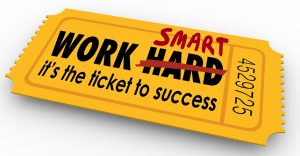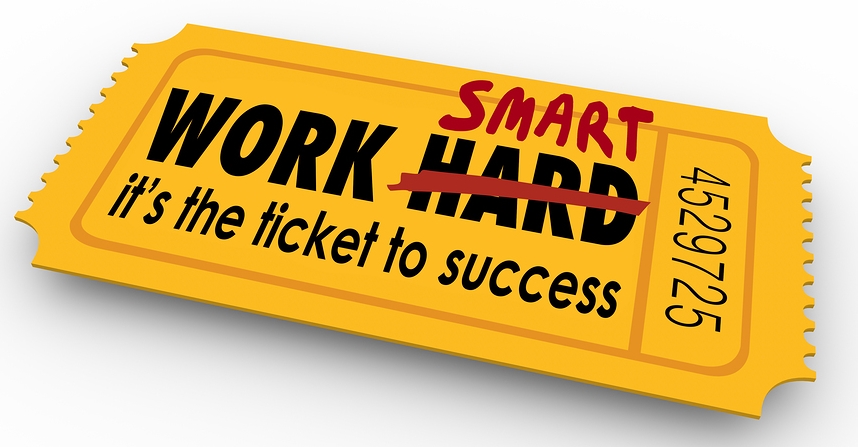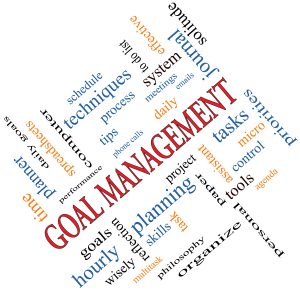No. This is not about getting your spouse to clean out the garage — finally!
If we are to be completely honest, every entrepreneur has a project list that proliferates like rabbits at Easter, squirrels in my garden, and cat videos on Facebook. And, in true entrepreneurial style, ideas give birth to more ideas until nothing gets done.
We have the best of intentions, don’t we? We come up with inventive ideas to move the business forward. In a word (or two), they can easily be defined as brilliant and ingenious!
 And then the day begins.
And then the day begins.
Given all the ways we’re pulled hither and yon in a day, it’s no wonder well intentioned plans soon gather cob webs. Before we know it, days turn into weeks, weeks turn into months, and we’re now two years past due on that website update that is sorely needed. (Heavy sigh!)
Granted, we could engage a project manager or delegate to whomever else is in the office, but with a small business like yours and mine, it still requires our involvement. So, we delay (i.e., procrastinate) and wait patiently for the unicorn called “available time” to reveal itself.
The way I see it, we have two methods at our disposal to break a logjam in our business. We can let it annoy us until we can’t stand it anymore and dump the project entirely, or we can tie it to a bigger mission.
Projects With A Purpose
One of our clients recently lived this experience. We had discussions for months (or was it years?) about a project that desperately needed attention. No matter the planning, cajoling, or coaxing, it was an undertaking that continued to outwit them.
A “nice to have” project that continually fails to make it to the drawing board generally lacks urgency. It requires more energy than we realize to hold on to “nice to have” projects and/or plans. Minus a connection to a bigger purpose or goal, it continues to hound us. Sound familar?
If you’re projects are nagging you a bit more than is tolerable, consider a bit of self-coaching. Ask yourself:
- What project(s) is/are pulling at me?
- What is the bigger goal or purpose — the one thing — I can get behind that excites me enough to create some forward movement?
If you can’t find the enticing reason to start now, perhaps it really was just a “nice to have” idea which has since lost its shine. For the sake of your sanity, cross it off your project list until a greater purpose brings it back to life.
Nagging projects need a worthwhile nudge to completion or to be cast aside to make room for something more valuable.











 Have you heard of the expression “death by a thousand paper cuts”? I’ve just recently heard it. Frankly, I don’t know if its a movie or just a saying. It doesn’t really matter as it makes it’s point – bleeding to death from thousands of supposedly insignificant paper cuts.
Have you heard of the expression “death by a thousand paper cuts”? I’ve just recently heard it. Frankly, I don’t know if its a movie or just a saying. It doesn’t really matter as it makes it’s point – bleeding to death from thousands of supposedly insignificant paper cuts.
 Do you ever find yourself stuck? Unable to move forward on a project or a goal? In your quest to jar yourself loose, are you asking yourself “Why can’t I move forward? Why am I feeling this way? Why am I so stuck?!”
Do you ever find yourself stuck? Unable to move forward on a project or a goal? In your quest to jar yourself loose, are you asking yourself “Why can’t I move forward? Why am I feeling this way? Why am I so stuck?!”